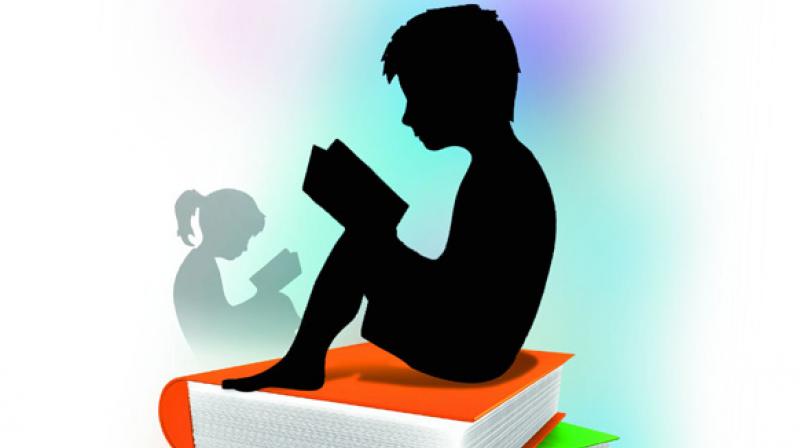[ad_1]
Hyderabad: The Mahbubia High School in Gunfoundry, which is more than a century-old, seems brand new with a fresh coat of paint and upgraded facilities, but its exterior conceals the disproportionate teacher-student ratio.
Although the school has been upgraded with new benches and boards, there is a severe teacher shortage. Sources said there are 507 students in the school with only 17 teachers on board. The students’ joy from the renovation, therefore, was fleeting because no teacher had been hired in the recent past.
There are 450 students in the primary section, including 200 new admissions this year, but with just seven teachers. According to Sudha Rani, headmaster of the primary section, the teacher-to-student ratio is 1:50. The PTR at the high school ranges from 1:60 to 80:1, worse than the national average.
Recently, two teachers were deputed, and there was an urgent need to appoint teachers at the school. Additionally, there are worries that the school administration would struggle to maintain the “good infrastructure” due to the lack of cleaners.
“The facilities are good; we have brand-new boards and benches. Due to a shortage of teachers, these amenities are rarely fully utilised. We are unable to pay attention to every student. We have two sections for each class. We want to add one more section but are unable to even when we have the facilities,” said the headmistress incharge G. Neeraja.
The school staff hires private cleaners at their own expense and pays them `5,000 a month because they are not government appointed. “What is the use of having good infrastructure when we are unable to maintain it? The cleaners were paid `3,000 per month prior to Covid-19, but they are now asking for `8,000,” she said.
She claimed that there was an urgent need to appoint teachers for Telugu and ohysics. The curriculum for these two subjects is being managed by other subject teachers. Additionally, the school requires instructors to teach Hindi, Urdu, and Telugu. Neeraja informed that half the students speak Urdu and are primarily from North India. Telangana and Andhra Pradesh students make up the other half of the students.
“The student-to-teacher ratio for second language classrooms often rises to 1:80, and it is quite difficult for one instructor to handle them,” Neerja said. Despite bridge classes being offered in schools for more than a month, over 50 per cent of students receive a “C” or lower.
Few students receive B grades, and just a small number, roughly 5–10 pupils, receive A. Further, Neeraja stated that the government had promised to deliver the bilingual textbooks by July, but they haven’t arrived yet.
…
[ad_2]
Source link








